**Please note, we do not provide CEUs for viewing recorded webinars. If you are interested in receiving CEUs, you can view and register for our upcoming webinars here.**
Description
Harm reduction is both a philosophy and a series of interventions that aim to reduce the negative impacts of a health behavior as opposed to ending the behavior entirely. This approach may seem to contradict how screening, brief intervention, and referral to treatment (SBIRT) encourages health professionals to guide patients with likely substance use disorders (SUDs) to accept abstinence-based treatment. However, this presentation will demonstrate how harm reduction can be incorporated into all three components of SBIRT. By discarding a singular focus on abstinence and adopting an approach of “meeting patients where they are at,” clinicians can help patients reduce harm from their use as well as forge their own pathway to recovery.
Presenter
Jim Winkle, MPH has trained hundreds of health care professionals how to perform and implement SBIRT (Screening, Brief Intervention, Referral to Treatment) in clinic settings. As the creator behind the sbirtoregon.org website and the SBIRT screening app, Jim has designed clinic tools, screening forms, and video demonstrations that have been widely adopted by health professionals around the country.





